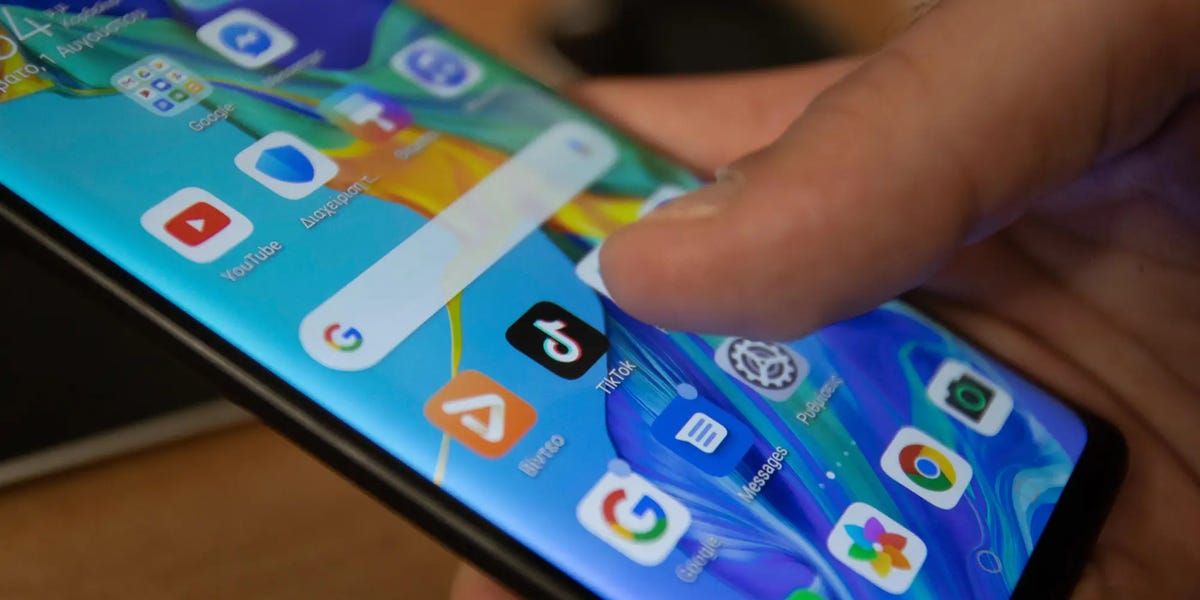Consumers are handing over their credit cards to pay for merchandise, podcasts, livestream access, and other products sold by creators, according to a November report from educational platform Teachable that analyzed how online audiences engaged with influencers.
Among Gen Zers, 50% said their desire to support their favorite creators is why they purchase products or services advertised.
The relationship between creators and their followers has strengthened in the past few years, heavily impacting the influence online personalities wield over people’s purchasing decisions.
In fact, a separate study from CreatorIQ found that 67% of brands are spending more on influencer marketing this year compared to last year because of how much creators resonate with consumers.
Social-media platforms like YouTube and TikTok that have gone all-in on e-commerce are also using influencers to drive sales. YouTube’s short-form shopping videos are growing in popularity, and TikTok has similarly been incentivizing creators to use its new shopping platform in the hopes of capturing their massive online audiences.
Against this backdrop, Teachable gathered data on how audiences engage with creators by surveying 1,000 people from July 19 to July 26 through the research company Dynata. To participate, the respondents had to indicate that they meaningfully engaged with at least one to five creators and/or purchased from a creator in the past.
Out of the respondents, about 20% were between the ages of 18 and 24; 30% were aged 25 to 34; 30% were 35 to 44 years old; and 20% were between 45 and 50 years old.
To cement their relationships with followers, some creators have used educational content that isn’t traditionally taught in schools and universities, like how to clean an oven, or personal finance tips, according to Olivia Owens, head of creator partnerships at Teachable.
“We’re seeing more people who want to be educated on topics they can’t easily learn about, and once creators build that trusted connection with the audience, it leads to influence over where they put their money,” Owens told Business Insider.
Here are five key takeaways from Teachable’s 2023 study on how creators connect with audiences:
-
YouTube is Gen Z’s favorite platform and grabs the most attention: Nearly 70% of the Gen Zers surveyed said YouTube was their favorite social-media platform and the platform they spent the most time on. Instagram took second place, with 48% of people who voted it as their favorite.
-
People typically discover creators through their feeds or recommended content and by searching for specific content: The survey found that one quarter of people surveyed found creators by searching for specific categories. It also highlights how important the platform’s algorithm is, since 49% said they found online personalities through their feed.
-
A majority of people online only follow and meaningfully engage with one to five creators: The survey found that 55% of consumers prefer following and building relationships with a smaller number of creators online. Gen Zers were the odd ones out: 20% of those surveyed followed 15 accounts or more, a that percentage dropped among older demographics.
-
Some Gen Zers spend significant time consuming content from a single creator: 20% of the people surveyed under the age of 24 said they spent at least one hour consuming one creator’s content. The survey found that six to 15 minutes was the ideal length of time for a video for respondents across generations. Even though Owens attributes this to the renewed popularity of longer-form content — as evidenced by TikTok’s introduction of 10-minute videos last year — she said short videos help creators initially reel in a dedicated audience.
“If creators were forced to make hour-long videos out of the gate, they wouldn’t have a good idea of what really strikes a chord with their audience,” she said. “Short form allows them to understand what information they share resonates with people, and build a base around that.”
-
Consumers are willing to pay creators for merchandise, podcasts, and others: The survey found that 38% of those surveyed had purchased physical merchandise from a creator they followed, 23% had purchased a membership or podcast, and 21% had paid for livestream access.
Read the full article here





